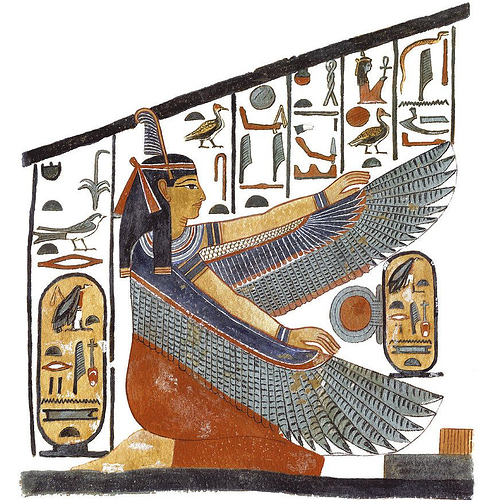Ooh I finally found something - https://www.tandfonline.com/doi/10.1080/10888700701555576 I don’t know if you can see it but I actually bought the article because now I’m just seriously invested.
The importance of social contact is evidenced by the negligible rate of stereotypies in stall-tied horses such as cavalry mounts (Houpt & Ogilvie-Graham, 2002) and mares used for urine collection to make estrogen supplements (Houpt, Houpt, & Johnson, 2001; Flannigan & Stookey, 2002). Presumably, stereotypy prevalence would be high in horses where movement is so restricted. Apparently, this confinement is offset by the opportunity for visual and tactile social interaction with conspecifics.
They also speak about the need for continuous feeding (cited related to ponies in studies) and human interaction, as well as the danger of group turnout for show horses, which was also well documented in another study.
So - to conclude, what I can find is that horses need social interaction, continual feeding, and movement to be healthy, which pasture CAN provide, but that can also be provided through other management means such as slow feeders, exercise, and well designed barns that allow for social interaction.



 but that’s a different thread entirely!
but that’s a different thread entirely!